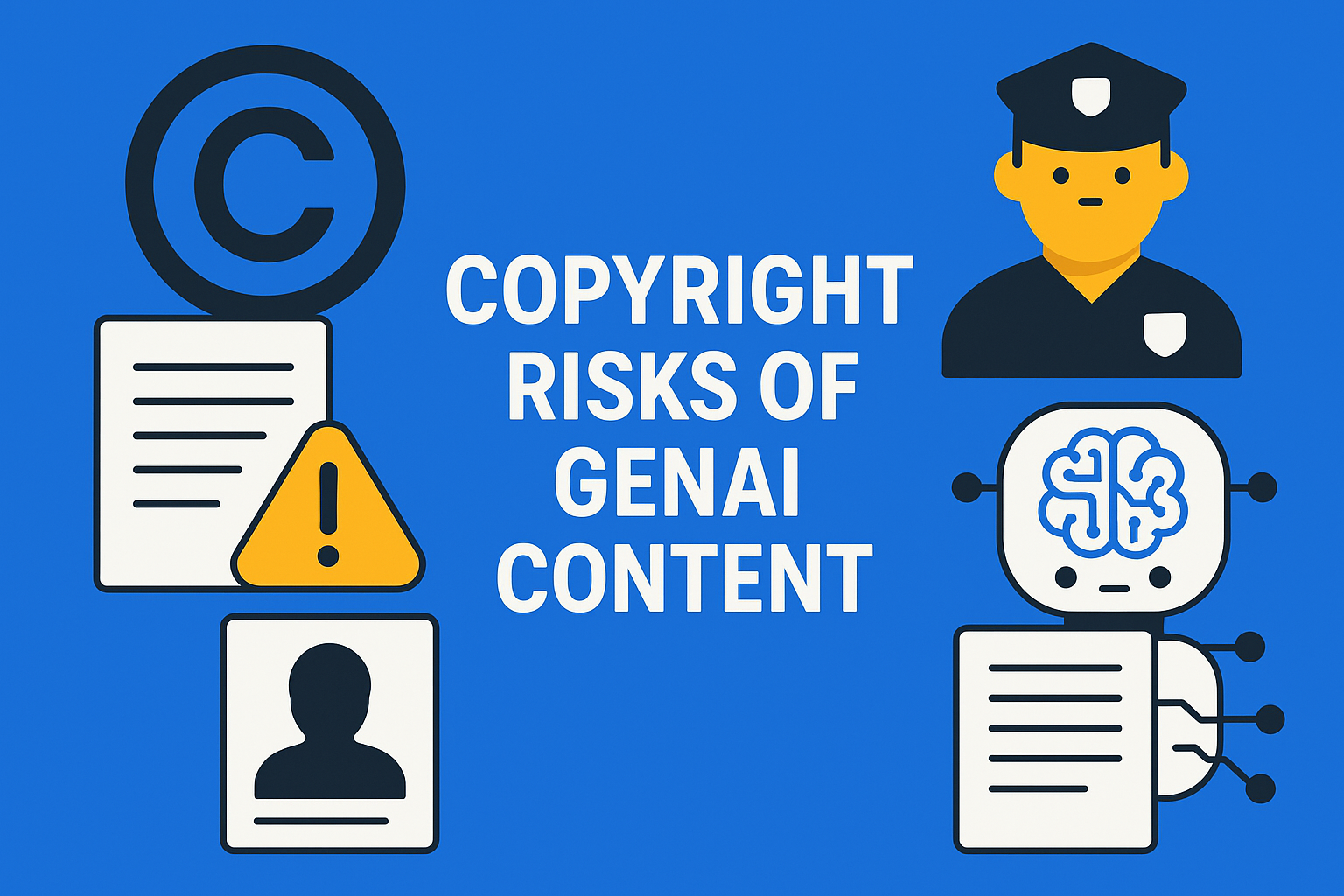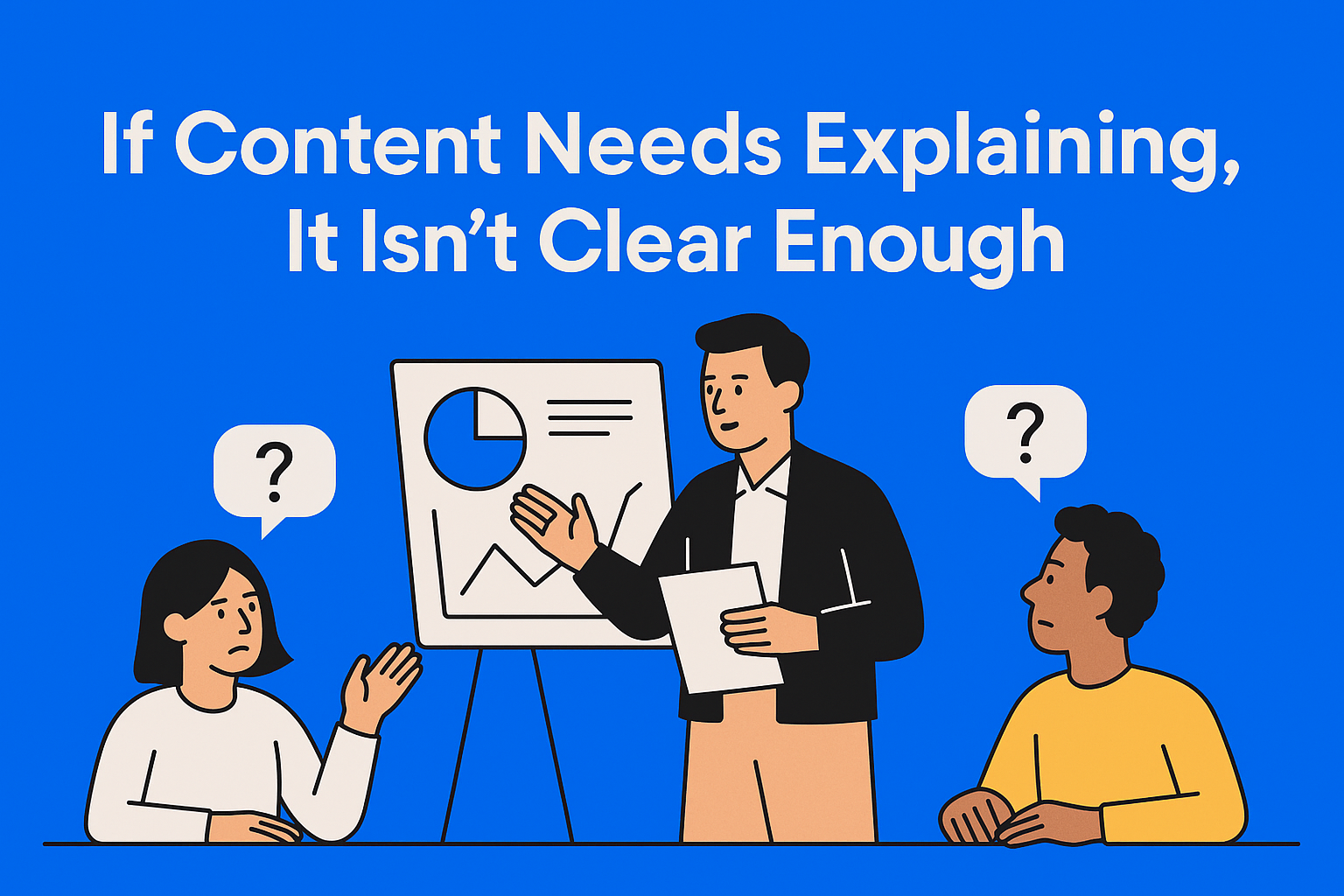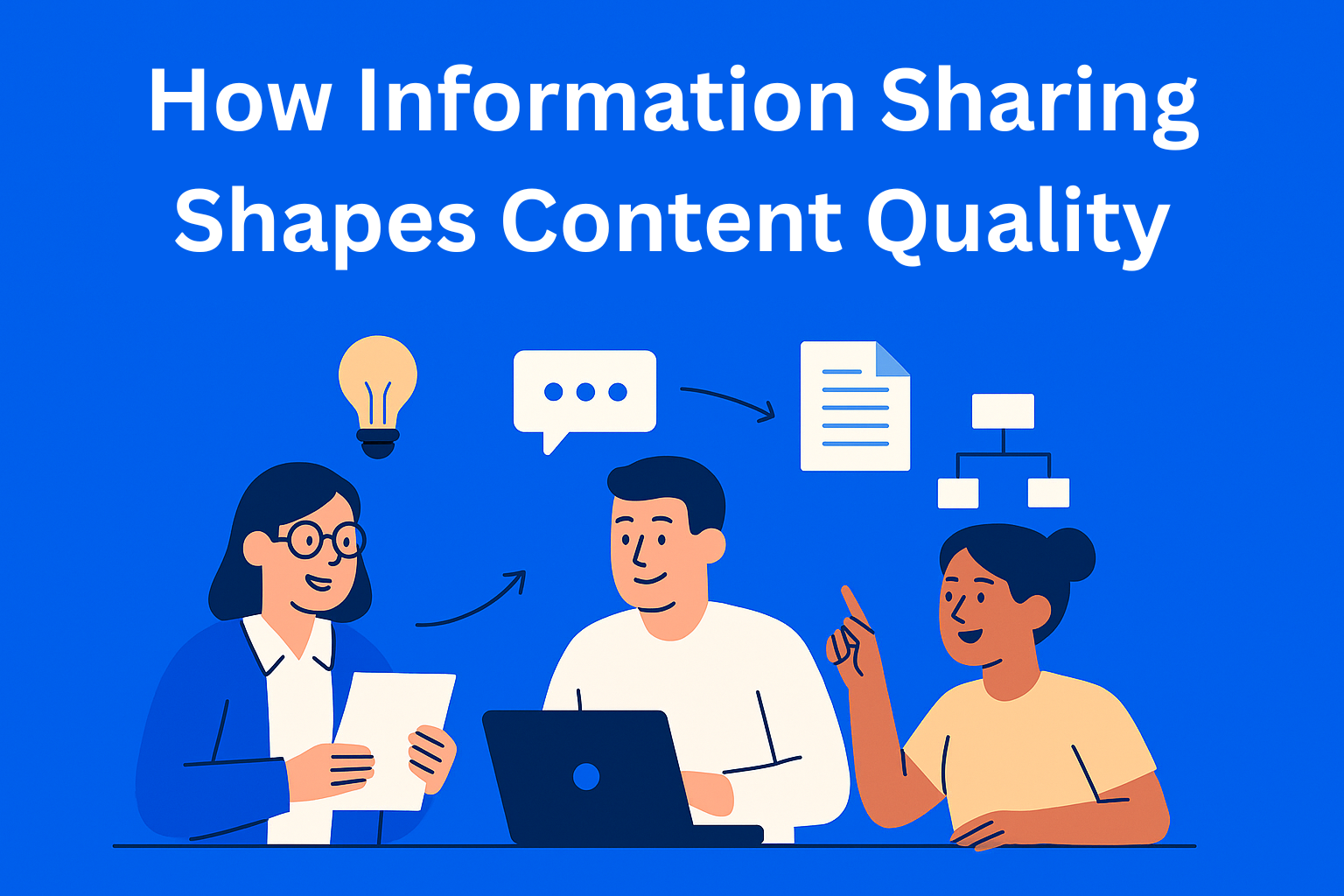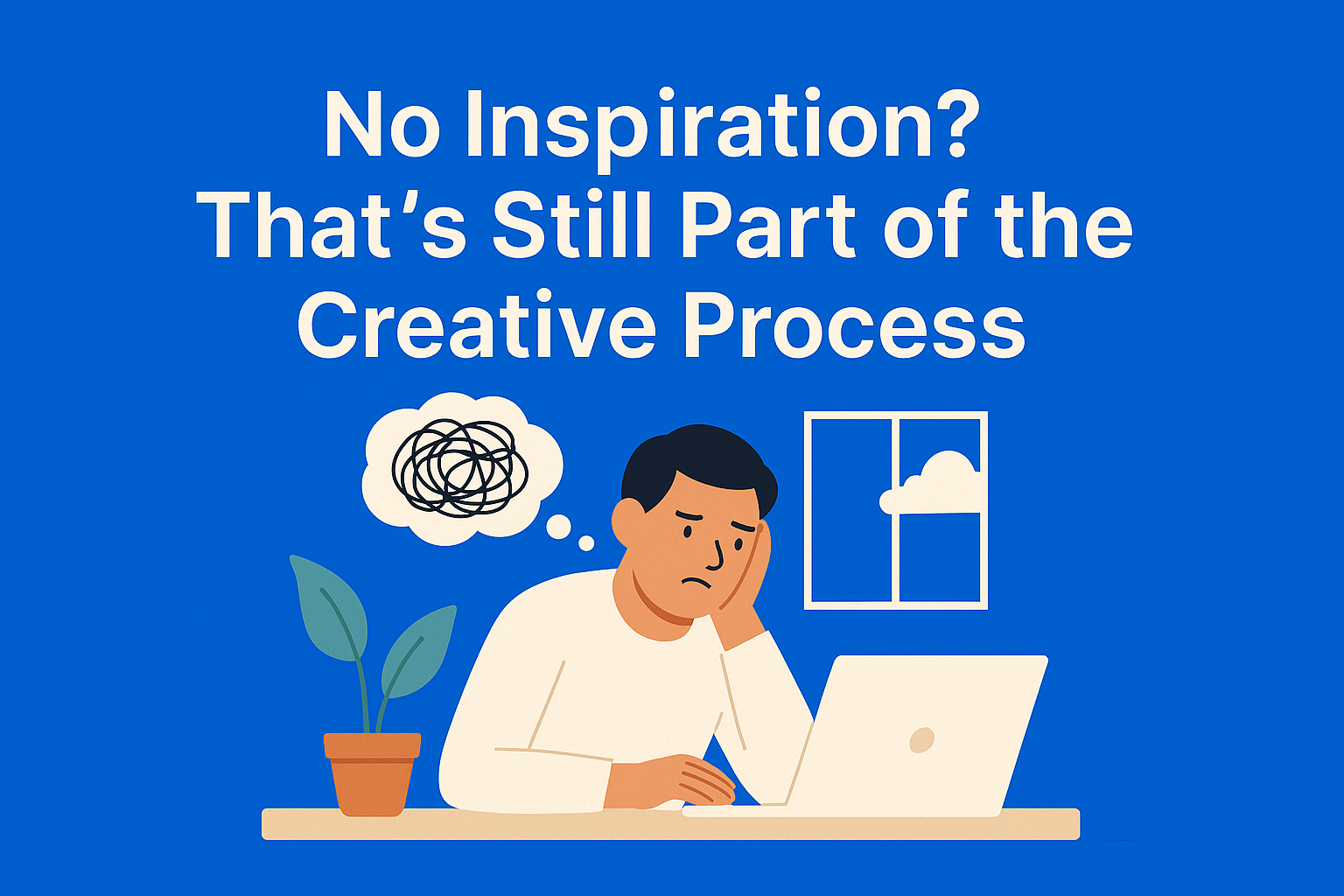Copyright Risks of AI-Generated Content: What You Need to Know
AI-generated content can pose legal risks: authorship is unclear, it’s often not protected by copyright, and it may unintentionally infringe on others’ rights. Key safeguards include human review, clearly defined roles, and understanding the legal limits of AI tools.

AI-generated content is now everywhere on the internet, and although it is fast and efficient, the question is often asked: who actually owns that content, and is it even legal to use it?
In this blog, we will go through some of the key things that worry everyone who creates AI-generated content, what current laws say (and what they don’t), and how you can protect yourself from legal uncertainty.
Key Takeaways
- AI-generated content isn’t legally protected - in most places, AI can’t be an author, so copyright usually doesn’t apply.
- You might not own the AI output - always check the terms of service of the platform you’re using.
- There’s a real risk of unintentional plagiarism - AI can generate content that resembles copyrighted works.
- Legal responsibility still falls on you - even if it’s AI-generated, you could be held liable for copyright infringement.
- There’s no clear legal precedent yet - laws haven’t caught up, so each use of AI content is legally uncertain.
- Use tools like EasyContent for traceability - keep records of who created and approved content to protect your team.
- Human review is critical - always fact-check and revise AI content before publishing.
- Stay updated on AI and copyright law - regulations are evolving quickly and could affect your publishing rights.
Understanding Copyright and AI
Copyright law is based on human authorship. Traditionally, a work must be created by a person in order to qualify for copyright protection. That’s where we run into a problem when it comes to generative AI platforms like ChatGPT or Claude.
Most jurisdictions currently do not recognize AI as a legal author. That means:
- AI-generated content might not meet the requirements for copyright protection. AI is not a human, it cannot own rights, nor can it take legal action.
- If you can't protect it with copyright, that means no one is considered the author of that content, and other users can freely reuse it.
- Attribution of authorship and ownership are unclear, especially if multiple tools and prompts were involved. For example, if you use AI to write a blog, someone else can copy it and publish it under their own name, and you probably don’t have a legal basis to sue them for copyright infringement.
This has major consequences for companies that heavily rely on AI for content creation.
Who Owns AI-Generated Content?
This largely depends on the terms of use of the AI platform. Some tools (such as OpenAI) state that the user owns the output, while others have restrictions or share ownership rights.
Also take into account that, if the AI content is trained on material protected by copyright, it can accidentally insert elements of protected work, which is why you could potentially be sued for copyright infringement.
If your team uses multiple writers, editors, and tools, platforms like EasyContent can help roles and responsibilities be clearly divided. Having an audit trail of who generated, reviewed, and approved each part of the content can be crucial for resolving future disputes. But in order to avoid potential disputes, always check the content before publishing.
Risk Areas to Watch
- Plagiarism and unintentional copying: AI can unintentionally repeat phrases or structure from copyrighted material found in its training data. For example, AI can generate a phrase, slogan, or song that strongly resembles an already existing creative work, and because of that, copyright infringement can occur.
- Infringement liability: If your content closely resembles a piece protected by copyright, you can be at legal risk, even if you did not intend to copy.
- Lack of legal precedent: Courts are only beginning to consider cases involving AI-generated content, which means that we still do not know what is allowed and what is not, because the law cannot keep up with technological advancement. Until legal precedents are established, practically every company using AI content is testing the boundaries of the law. These risks are especially relevant for companies that publish large amounts of content through automation.
Best Practices to Protect Your Content
- Human review is essential: Always have a human editor check the facts and edit the AI output.
- Document your workflow: Keep records of who generated what and when. Platforms like EasyContent make it easier to maintain content records, user roles, and approvals, because you have everything in one place.
- Avoid one-click publishing: Check all AI content through plagiarism detection tools and revise generic or suspicious parts.
- Know the terms of use of your tool: Check what rights are granted to you under the platform you use to generate content.
- Use original additions: Combine AI drafts with personal anecdotes, case studies, or research to make your content original.
Conclusion
AI-generated content brings incredible efficiency, but also new risks related to copyright that content teams really shouldn’t ignore. In order to be as protected as possible from the legal side, it is crucial to regularly stay informed about new legal acts related to AI-generated content, and to implement protection measures into your workflow.
Because with the right editorial process and tools like EasyContent to help manage responsibility and approvals, you can create content that is both creative and compliant with regulations.






